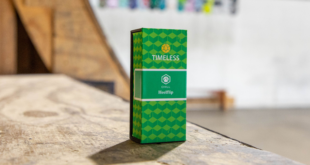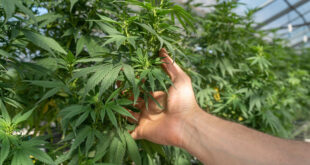
In general, people know exercise is good for the mind and body. But contrary to popular belief, it’s not just endorphins (the chemical which makes you feel good after an activity such as exercise) that make physical activity so great.
The medical community already knows the human body stores tetrahydrocannabidiol (THC), the main psychoactive compound in marijuana, in fat. However, a study by Drug and Alcohol Dependence shows that the THC-to-fat storage process can give exercisers an added boost, even up to 28 days after the consumption of marijuana.
As the body begins to burn fat, traces of THC are released back into the bloodstream, producing a mild effect similar to consuming a small amount of marijuana. THC blood levels increase by approximately 15% immediately after moderate exercise, but the increase is no longer present two hours after exercising.
Studies have also found that exercising actually activates the endocannabinoid system in the same way marijuana does. The endocannabinoid system is a group of lipids (types of fats) and cell receptors that cannabinoids (compounds like THC and CBD) bind to inside the body and is responsible for reducing pain, controlling appetite, and influencing mood and memory. Furthermore, researchers have found that human-produced cannabinoids increase as you exercise, causing you to feel a little “high.”
 AZ Marijuana Arizona Marijuana Info
AZ Marijuana Arizona Marijuana Info






